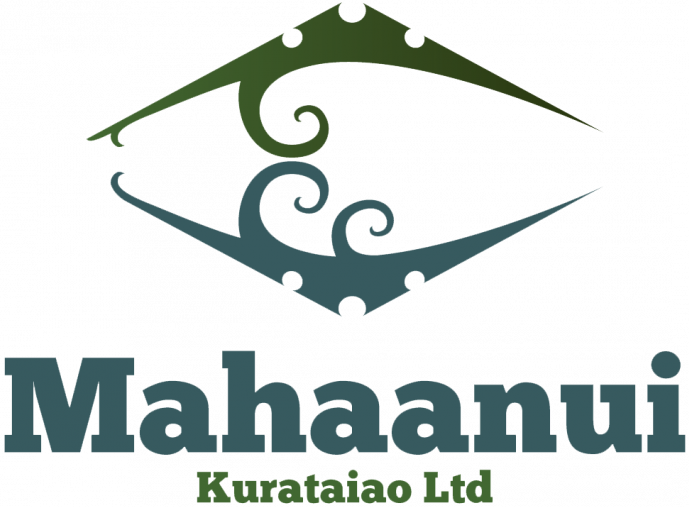
Iwi Management Plan
Our natural environment—whenua, waters, coasts, oceans, flora and fauna—and how we engage with it, is crucial to our identity, our sense of unique culture and our ongoing ability to keep our tikanga and mahinga kai practices alive.
It includes our commemoration of the places our tūpuna moved through in Te Waipounamu, and the particular mahinga kai resources and practices we used to maintain our ahi kā anchoring our hakapapa to the landscape. Wherever we are in the world, these things give us our tūrangawaewae. They form our home and give us a place to return and mihi to and provide us with what we need to be sustained as Ngāi Tahu.
1.1 He Kupu Whakataki | Introduction
This Iwi Management Plan (IMP) is an expression of kaitiakitanga and rangatiratanga. It is a manawhenua planning document reflecting the collective efforts of six Papatipu Rūnanga that represent the hapū who hold manawhenua rights over lands and waters within the takiwā from the Hurunui River to the Hakatere River and inland to Kā Tiritiri o Te Moana:
• Ngāi Tūāhuriri Rūnanga
• Te Hapū o Ngāti Wheke (Rāpaki) Rūnanga
• Te Rūnanga o Koukourārata
• Ōnuku Rūnanga
• Wairewa Rūnanga
• Te Taumutu Rūnanga
The plan provides a values-based, plain language policy framework for the protection and enhancement of Ngāi Tahu values, and for achieving outcomes that provide for the relationship of Ngāi Tahu with natural resources across Ngā Pākihi Whakatekateka o Waitaha and Te Pātaka o Rākaihautū (see Map 1).
The plan has the mandate of the six Papatipu Rūnanga, and is endorsed by Te Rūnanga o Ngāi Tahu, as the iwi authority. As such, it is applicable to policy and planning processes under the Resource Management Act (RMA) 1991.
By naming our plan “Mahaanui” we are acknowledging the connection between our hapū, and the shared commitment to protecting and restoring the health of the land, water, mahinga kai and biodiversity of the takiwā. We take the name Mahaanui from Te Tai o Mahaanui, the tide that connects the six marae. From the Waimakariri to the Hakatere, the tide of Mahaanui laps against the whenua embracing the six hapū.
Table 1 sets out the takiwā boundaries of each Papatipu Rūnanga according to the Te Rūnanga o Ngāi Tahu (Declaration of Membership Act) Order 2001. Part 3 of the IMP (Manawhenua) provides information on the history and takiwā of the six Papatipu Rūnanga, and includes a map showing the location of marae.
Table 1: The takiwā of the six Papatipu Rūnanga, according to the Te Rūnanga o Ngāi Tahu (Declaration of Membership) Order 2001.
Te Ngāi Tūāhuriri Rūnanga: The takiwā of Te Ngāi Tūāhuriri Rūnanga centres on Tuahiwi and extends from the Hurunui to Hakatere, sharing an interest with Arowhenua Rūnanga northwards to Rakaia, and thence inland to the Main Divide.
Rāpaki Rūnanga: The takiwā of Rāpaki Rūnanga centres on Rāpaki and includes the catchment of Whakaraupō and Te Kaituna.
Te Rūnanga o Koukourārata: The takiwā of Te Rūnanga o Koukourārata centres on Koukourārata and extends from Pōhatu Pā to the shores of Te Waihora, including Te Kaituna.
Wairewa Rūnanga: The takiwā of Wairewa Rūnanga centres on Wairewa and the catchment of Te Wairewa, and the hills and coast to the adjoining takiwā of Koukourārata, Ōnuku Rūnanga, and Taumutu Rūnanga.
Te Rūnanga o Ōnuku: The takiwā of Te Rūnanga o Ōnuku centres on Ōnuku and the hills and coasts of Akaroa to the adjoining takiwā of Te Rūnanga o Koukourārata and Wairewa Rūnanga.
Taumutu Rūnanga: The takiwā of Taumutu Rūnanga centres on Taumutu and the waters of Te Waihora and adjoining lands, sharing a common interest with Ngāi Tūāhuriri Rūnanga and Te Rūnanga o Arowhenua in the area south to Hakatere.
1.2 Purpose of the plan
This IMP provides a statement of Ngāi Tahu objectives, issues and policies for natural resource and environmental management in the takiwā as per Map. The plan is a tool for tāngata whenua to:
Express kaitiakitanga, by effectively and roactively applying Ngāi Tahu values and policies to natural resource and environmental management; and
Protect taonga and the relationship of tāngata whenua to these, by ensuring that the management of land and water resources achieves meaningful cultural and environmental outcomes.
While the plan is first and foremost a planning document to assist Papatipu Rūnanga to participate effectively in natural resource and environmental management in the takiwā, a fundamental objective of the plan is to enable external agencies to understand issues of ignificance to tāngata whenua, and how those issues can be resolved in a manner consistent with cultural values and interests.
The plan provides a tool for local authorities, other agencies and the wider community to:
Understand what is important to tāngata whenua and why;
Meet statutory obligations under the NTCSA 1998, RMA
1991 and other legislation, including recognising and providing for the relationship of Ngāi Tahu to ancestral land, water, wāhi tapu and wāhi taonga as a matter of national importance;
Determine the nature and extent of consultation that may be required regarding particular activities or places of importance; and
Afford appropriate weight to Ngāi Tahu values in decision making processes.
"This plan is for our children."
Uncle Waitai Tikao, Ōnuku Rūnanga.
"I am overjoyed to see that we are going to put in place a tool to help us get back what has been degraded. We have lost a lot here. I want to see a plan in place that helps recover what has been lost."
John Panirau, Wairewa Rūnanga.
“We can grow, develop, and make ourselves stronger because we have the basics and bottom lines set out in a plan. We can use the plan to support us, and guide others.”
Terrianna Smith, Te Taumutu Rūnanga.
1.3 Relationship with other plans
1.4 Plan development
1.5 How to use this plan
1.6 Terminology
1.7 Mapping tools
